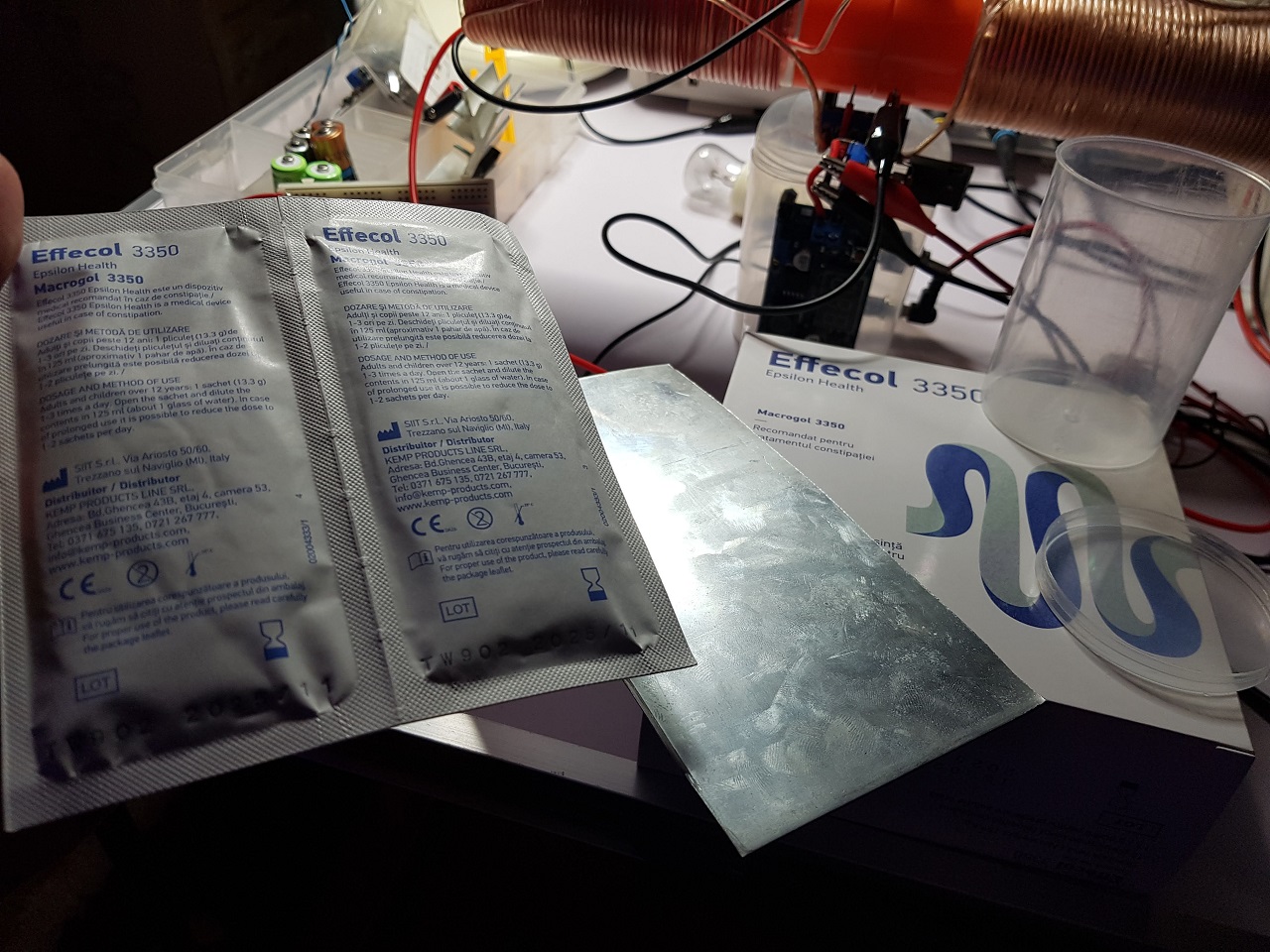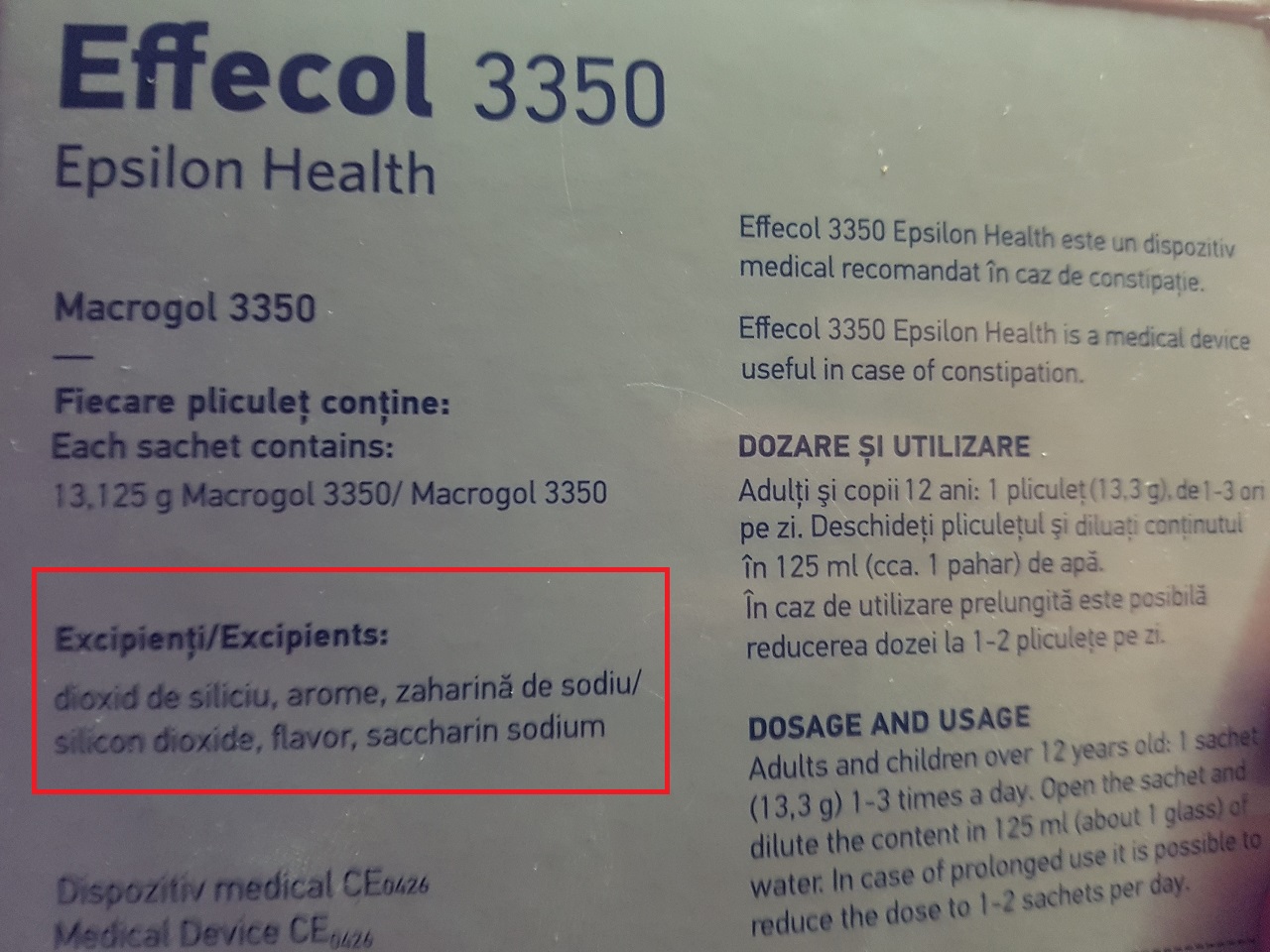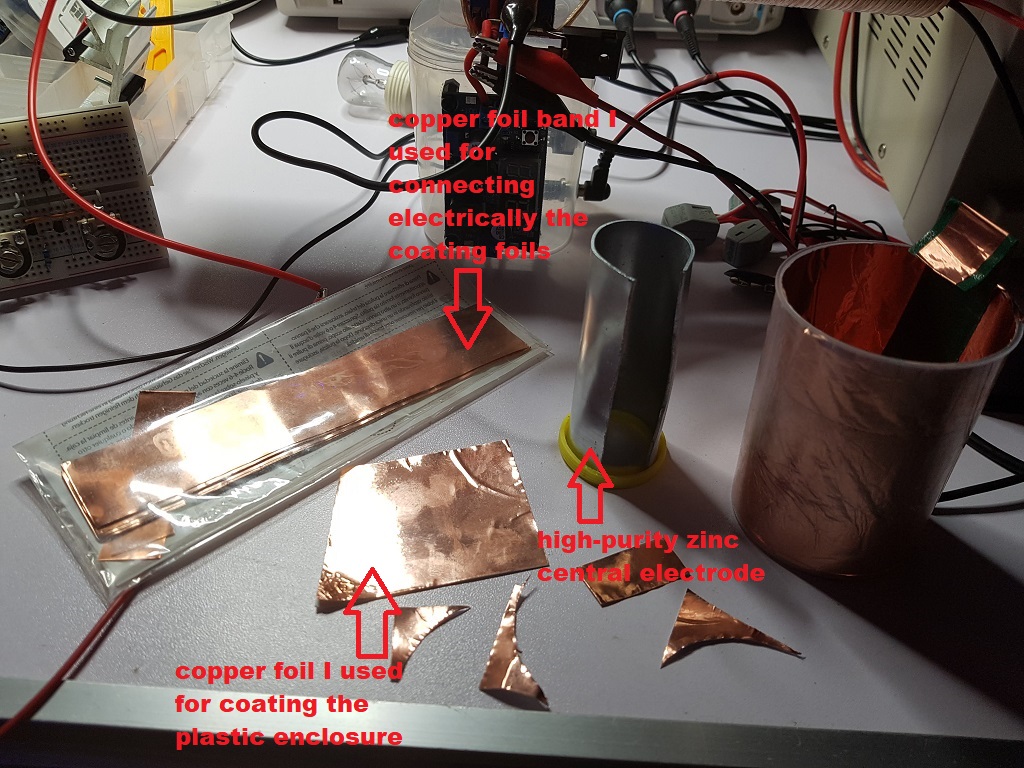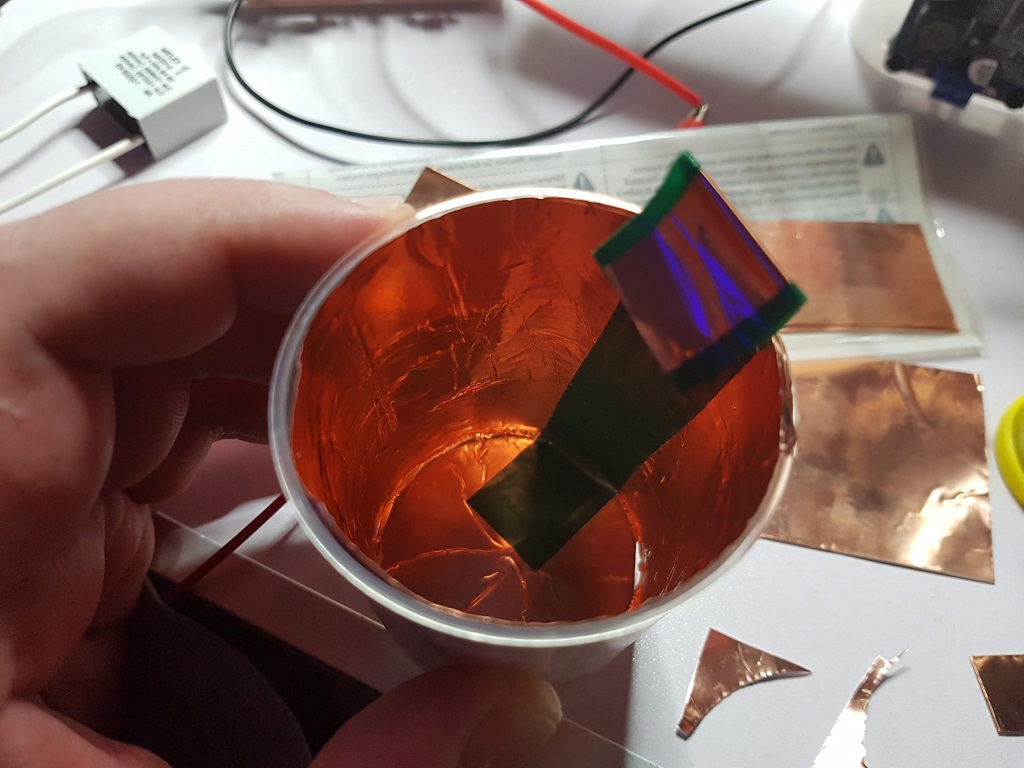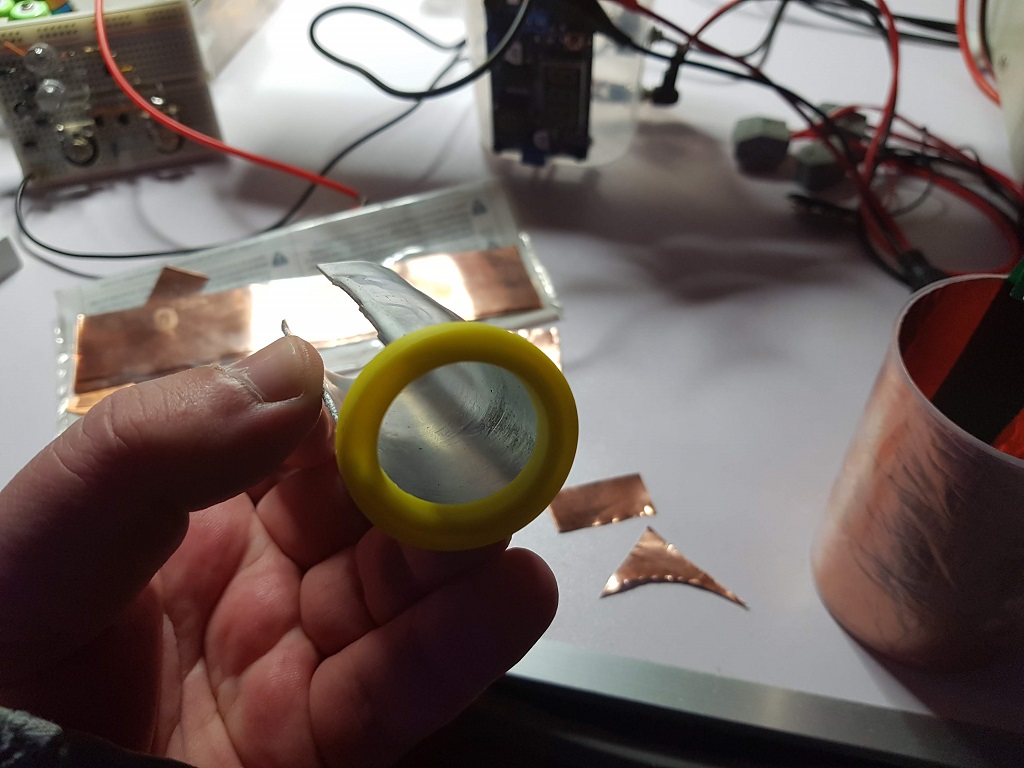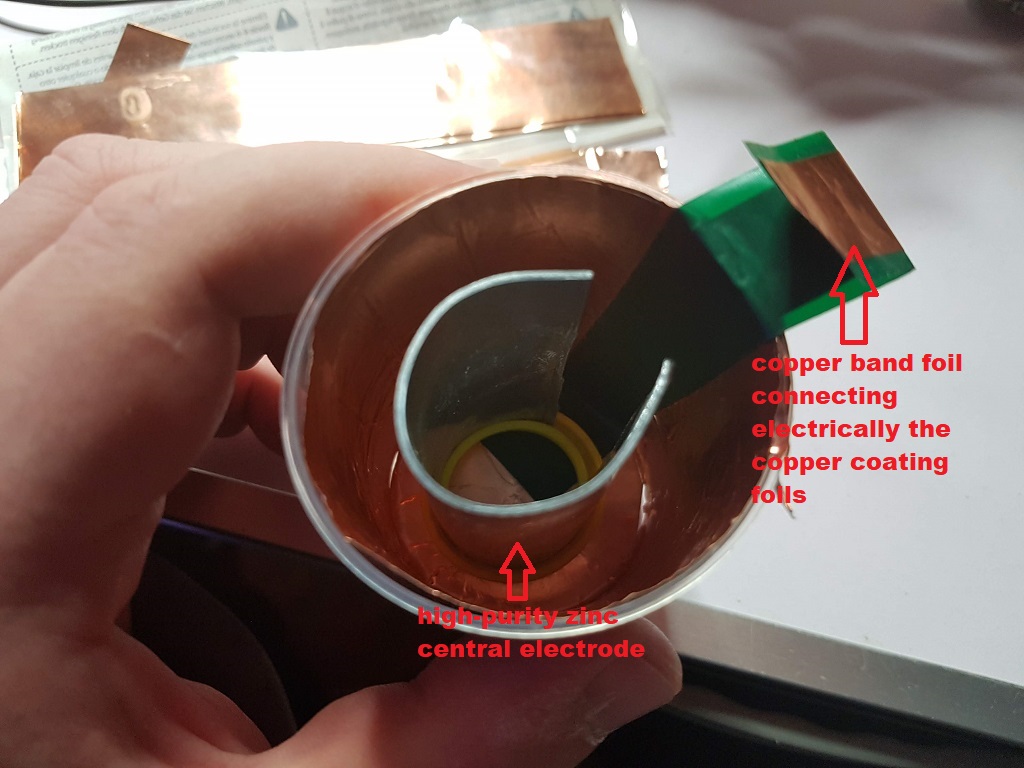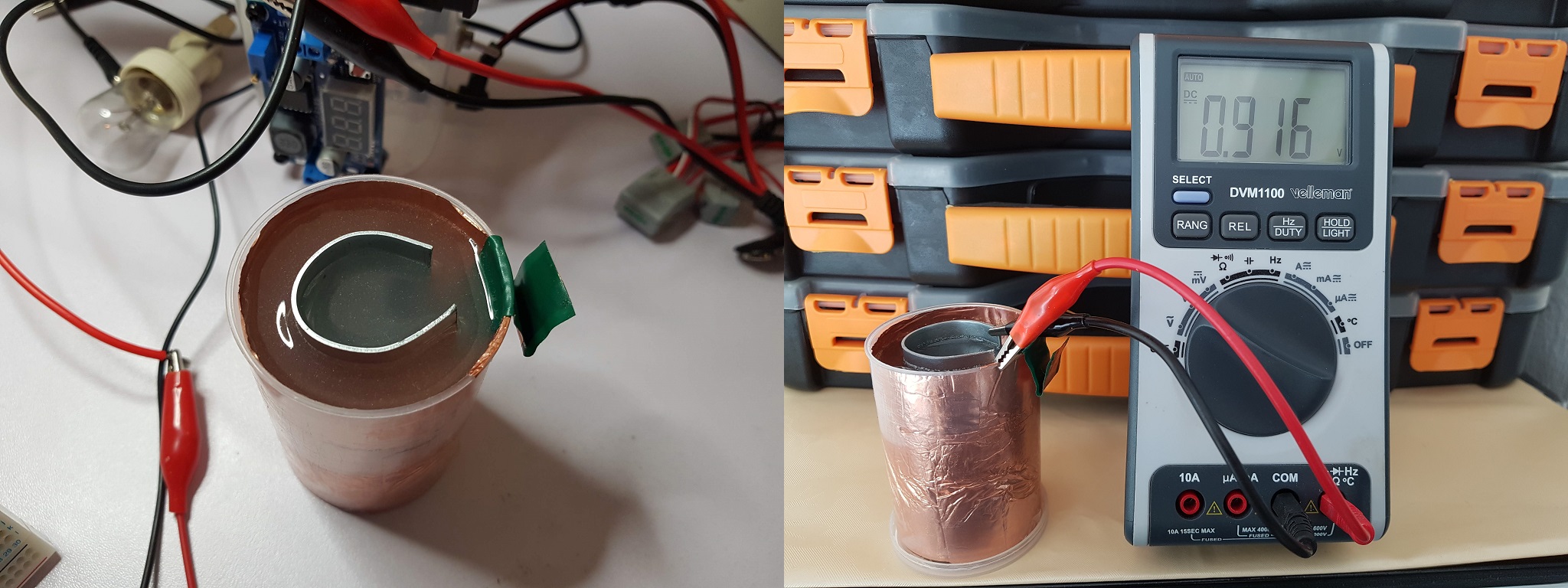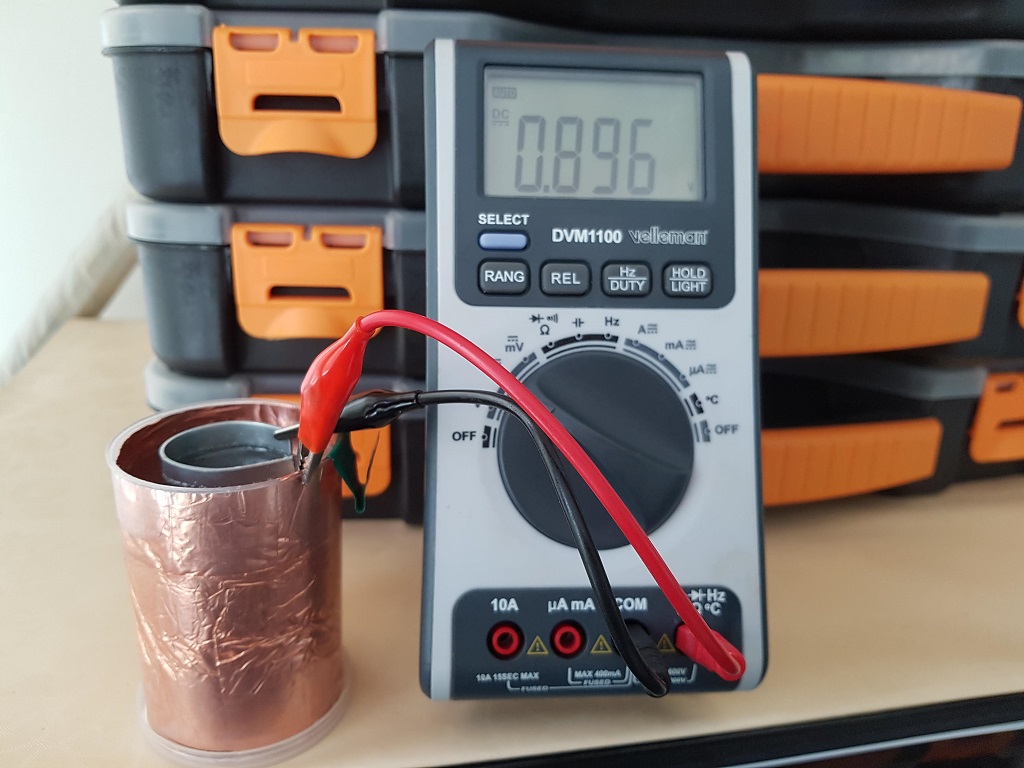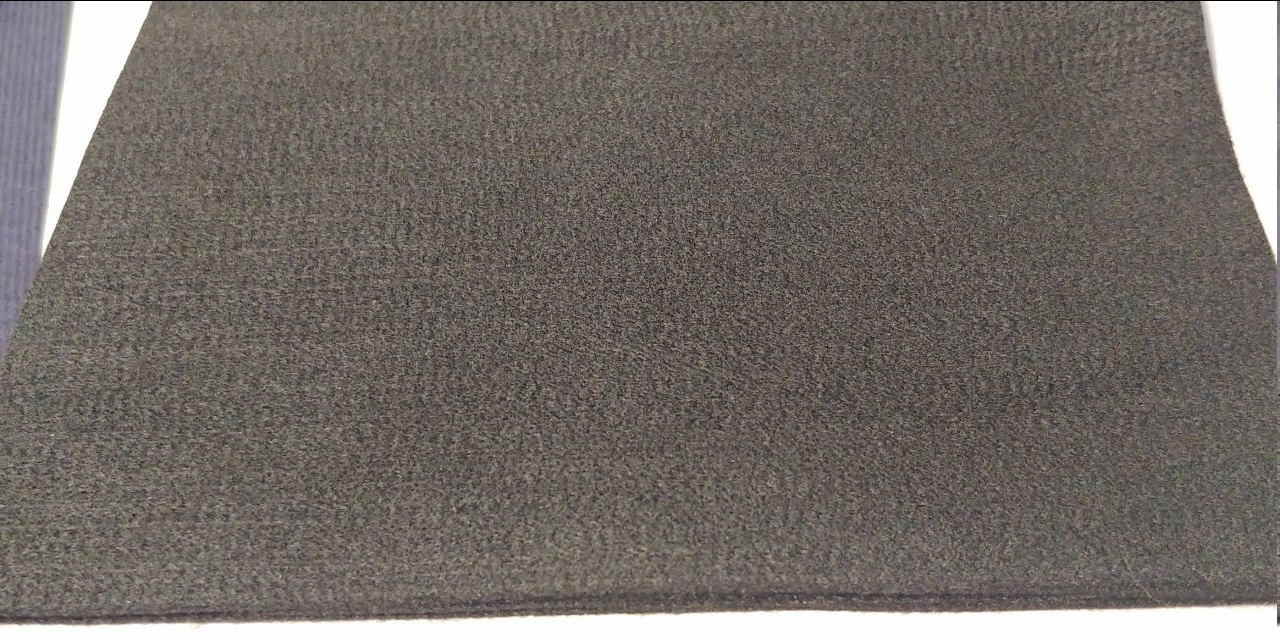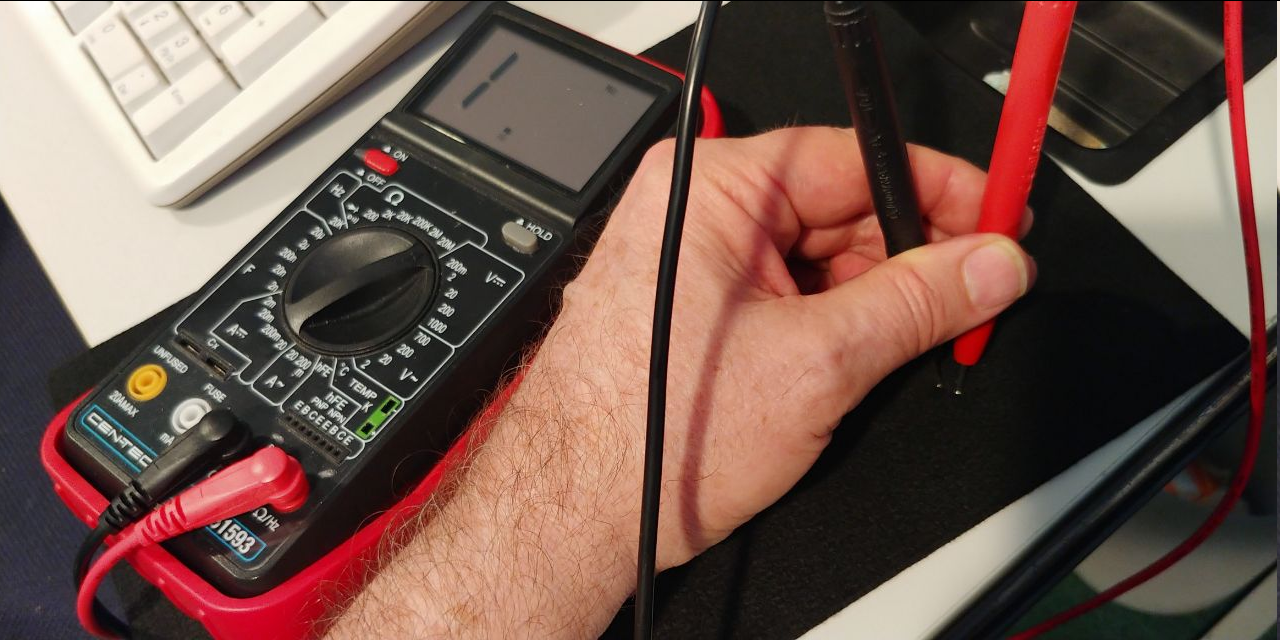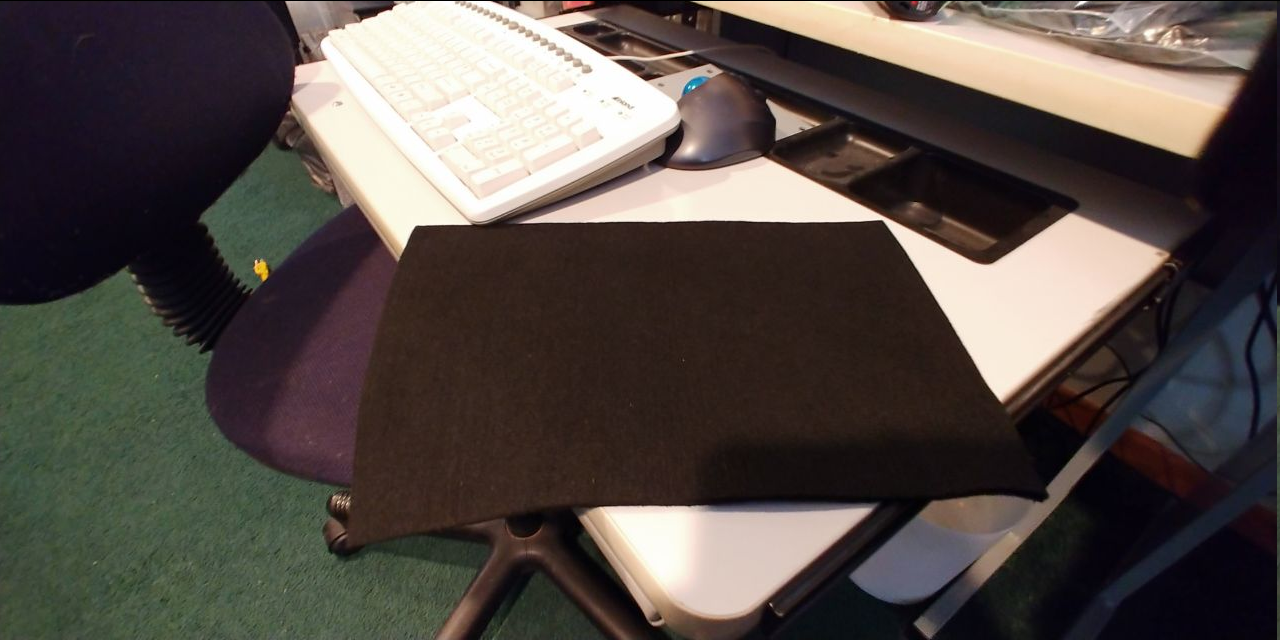I have a lot of updates, I needed to organize them before posting.
Yesterday I received the carbon felt:
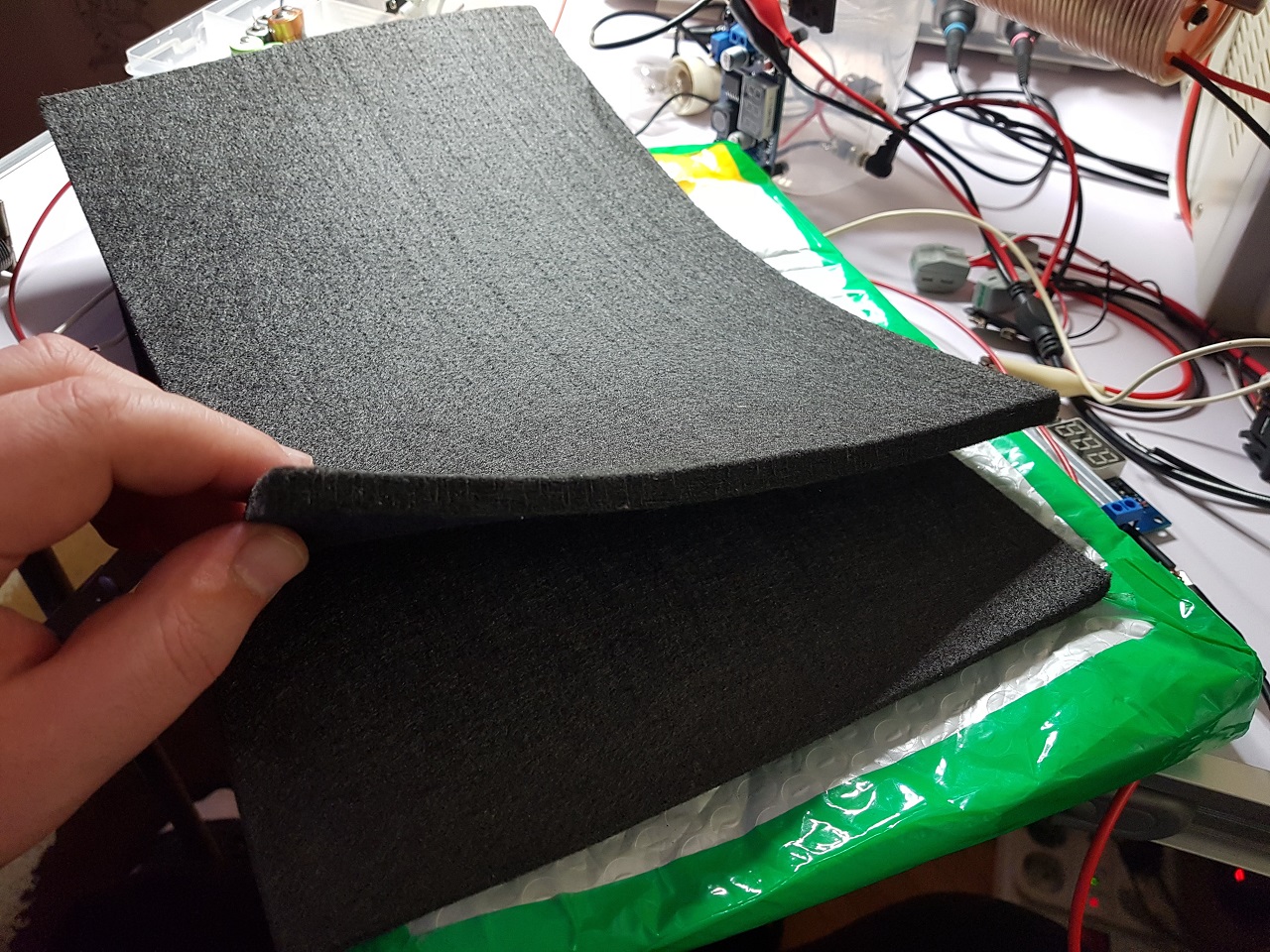
I tested it and it's good, it's electrically conductive.
About the cell's polarity: the copper is plus and the zinc is minus.
And I solved the mystery of its voltage decreasing: these cell have some behavior of the batteries, they accumulate energy and slowly releasing it sometimes for hours.
What happened is when I initially tried to see if the liquid PEG solution conductive and condition it putting 30 V on its electrodes the voltage booster and the DC source protections were triggered showing a short-circuit. Even if I stopped the power immediately seems the cell accumulated that energy and it was slowly releasing it in the next hours. Therefore the voltage decreasing I observed. But the voltage decreasing stopped at about 0.916 V and then started increasing slowly.
About the PEG, I understood why the solution doesn't dry and crystalize like its Canadian version: I've put too much water. So I took out about half of the solution and I added powder from two more sackets.
After I did that the PEG solution started to become white and started to look like the one we see in Joel's videos.
So higher concentration of PEG powder is necessary, those 6 sackets were not enough.
Even more, after doing this the solution became non-conductive like before and the conditioning process works without short-circuit:
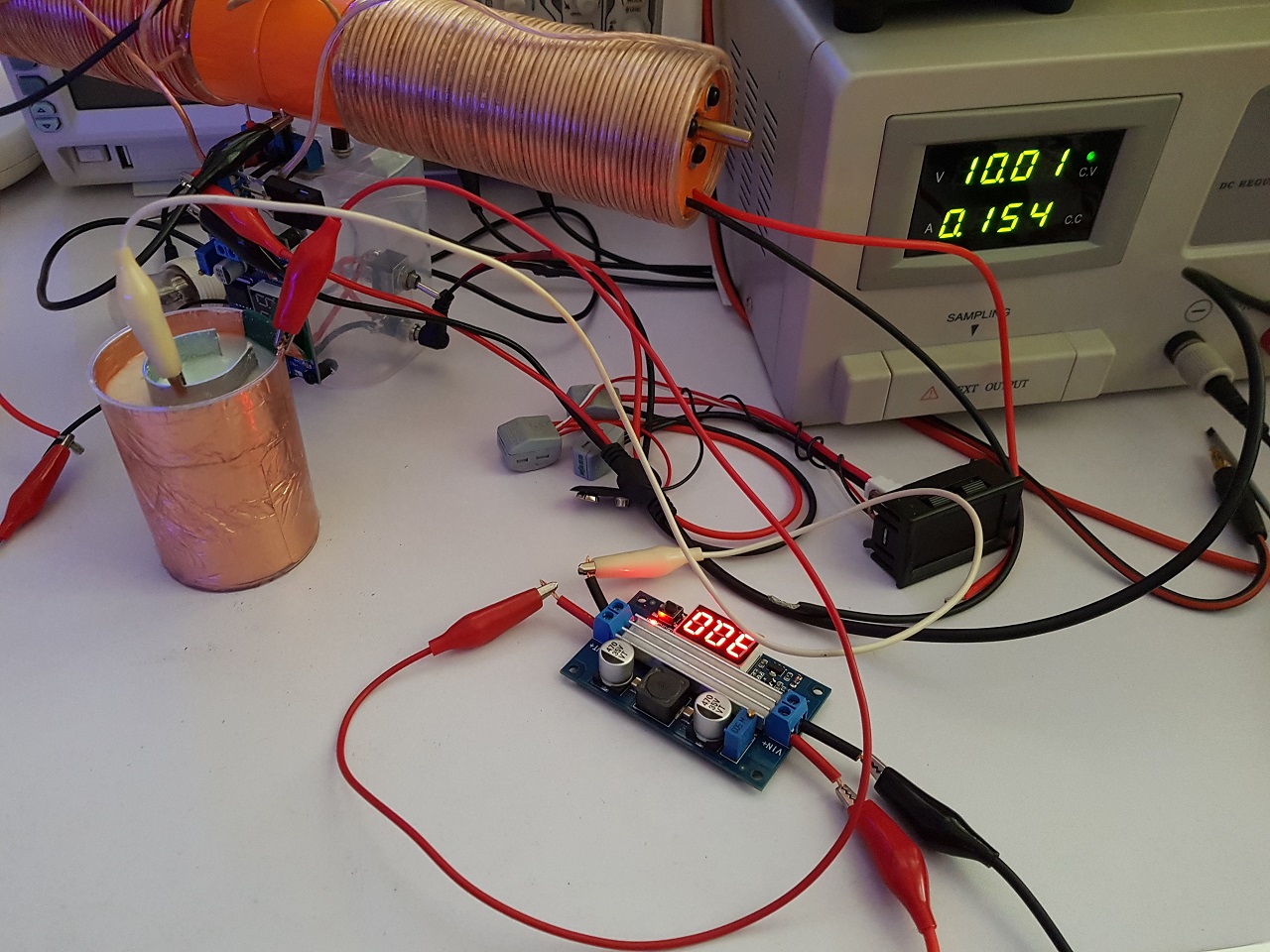
After every conditioning process the cell is charging and discharging slowly within 1-2 hours:
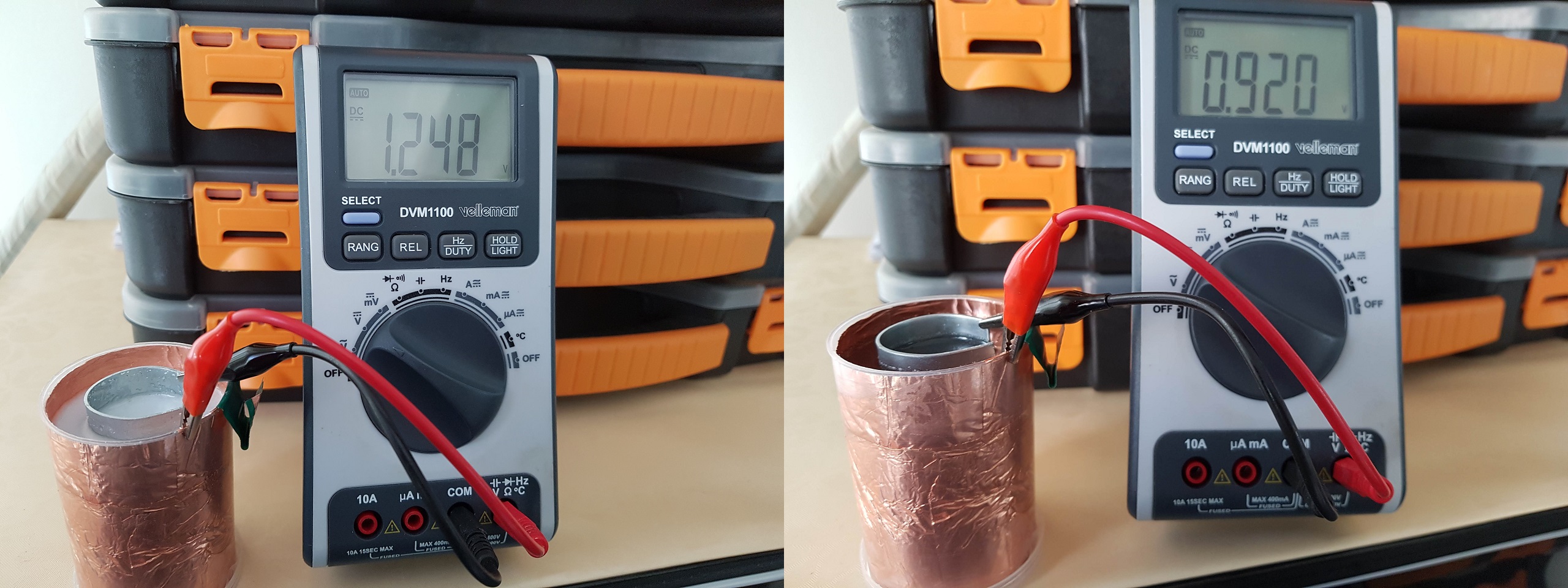
After I received the carbon felt I started building another smaller cell (I had just 2 PEG sackets remaining). I took the aluminum enclosure from a defective electrolytic capacitor, I've made a small electrode from carbon felt and I used one sacket of PEG powder.
About this cell's polarity: the carbon felt is plus and the aluminum is minus.
So here are the two cells as they are now:
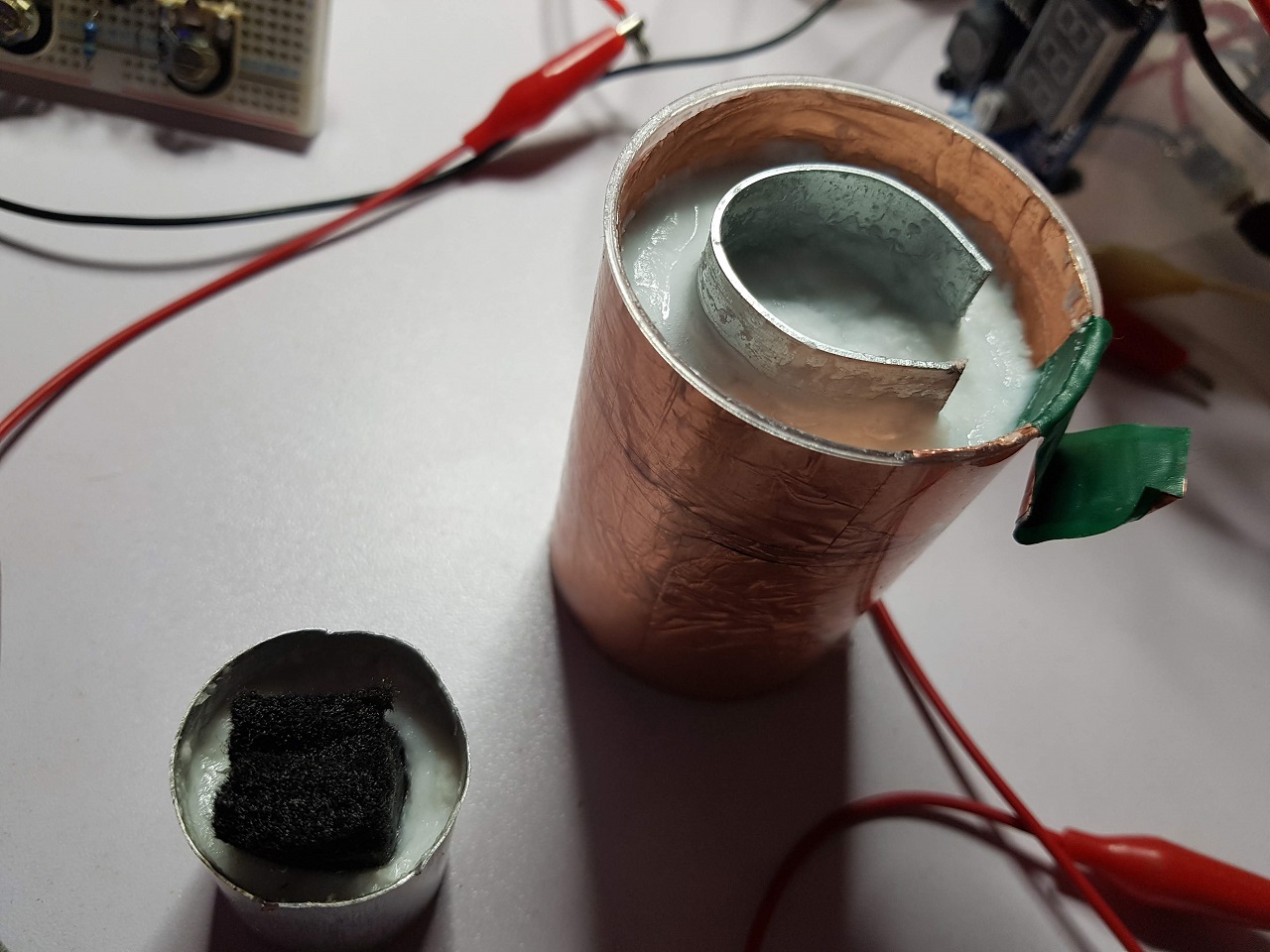
They are now under observation and as they dry out from time to time I apply another condtioning process to them:
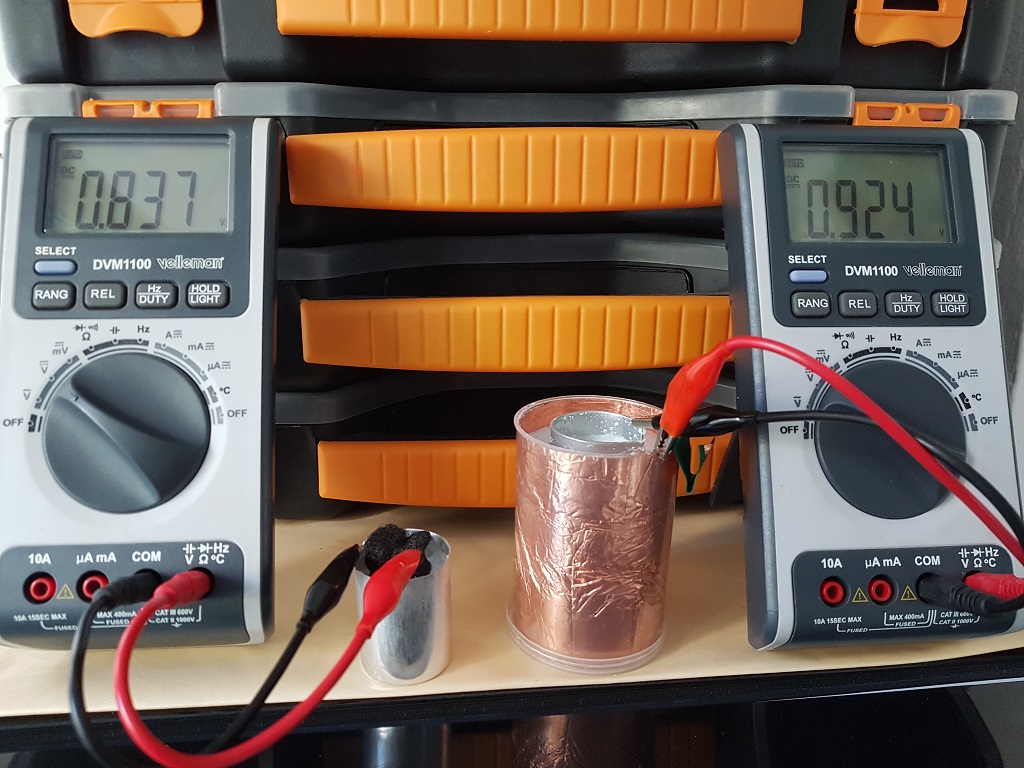
The moment of truth regarding their real output will be when they'll be completely dry but that will take probably a few days.
According to Joel as they dry out their voltage should increase.
Then I'll see their real voltage output.
About the PEG powder it seems to be okay, I'll order more because I have only one sacket left.
I want to build two more cells:
- with one electrode made of carbon felt and one electrode made of tinfoil;
- with both electrodes made of tinfoil.
Joel mentioned also that adding copper oxide is enhancing the PEG solution, maybe I'll get some copper oxide and I'll try it on building a third cell.
But until then I'll observe and experiment with these two prototypes.
I'll come with updates.
Regards,
Fighter
| "If you want to find the secrets of the universe, think in terms of
energy, frequency and
vibration." |
|
|
Nikola Tesla |
